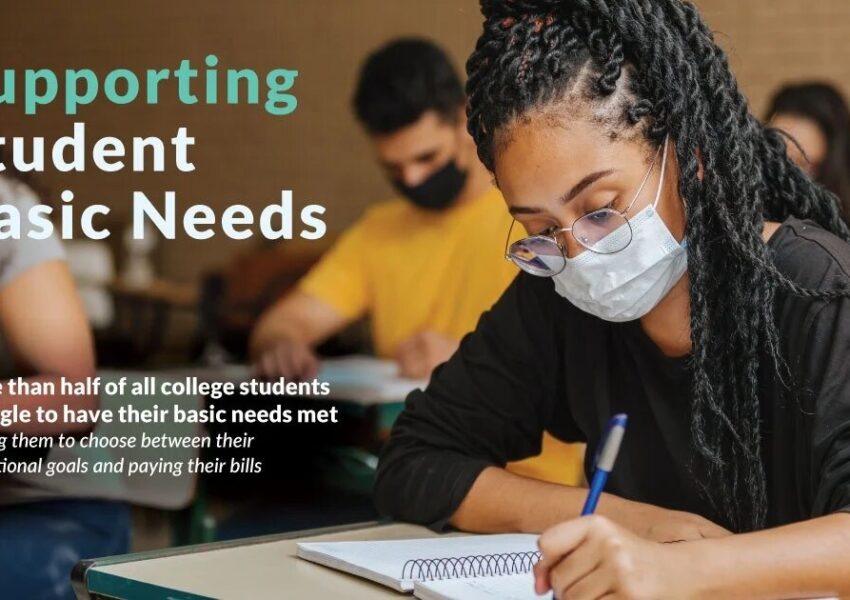More than 50% of all college students across the U.S. struggle to meet their basic everyday needs, which can ultimately affect their ability to succeed in school. In 2020 alone, nearly three in five college students experienced basic needs insecurity that included lacking access to stable sources of food, shelter, and other living essentials. More than half of respondents to a student financial wellness survey showed signs of food insecurity while more than 40% of respondents showed signs of housing insecurity. Also, at least 10% of respondents experienced homelessness.
What are the Basic Needs Challenges?
In fact, students of color are more likely to experience basic needs challenges such as food security, housing security, access to physical and mental healthcare, childcare, transportation, and technology. These challenges have been shown to cause extensive mental and emotional harm to students as well as disruptions to their academic success and retention. Struggles with basic needs jeopardizes student success as about 25% of students consequently drop a class and are 15 times more likely to fail a class. Unfortunately, only 20% of students who do pause their education for financial reasons manage to eventually graduate.
Nationally, there has been a simultaneous decrease in public funding for higher education as tuition rates continue to rise and more students enter college with fewer financial resources. Between 2008 and 2019, tuition costs have actually risen more than 30% on average. To help cover the cost of college for low-income students, Pell Grants were developed in 1975, which initially covered 79% of average tuition costs but ended up covering just 29% of the average cost of tuition in 2019 with most students receiving less than the maximum amount.
How Students are Covering Costs
Nowadays, Students must take out loans and increase their hours of work in order to cover education costs beyond their daily living expenses. At least 43% of full-time students work while attending classes. According to one public university specifically in Kentucky, more than 70% of students were worried about finding the money to pay for school and admitted that a lack of finances could cause them to withdraw from college. Nationally about 30% of both 2-year and 4-year college students reported running out of money five times or more throughout a year.
Two in five students attending a college or university in Kentucky received a Pell grant, allowing them (especially low-income individuals) to be five times more likely to move out of poverty if they successfully attain a college degree. However, more students with low income are opting out of college. Students with low income enroll in college to increase their chances of economic success but the nonacademic barriers they face can end them going into debt with no degree, resulting in them being in a worse position than where they started.
Creating equitable conditions for students to succeed requires understanding the academic and nonacademic barriers they face. One of them is barriers to accessing support as half of students are aware of the support provided to them but have not used them either because they think they’re ineligible, others in greater need, or don’t know how to apply for campus support. Some are just fully unaware of the support available to them on campus. Students who do apply for emergency financial assistance from their college most often use the money to reduce financial stress, continue enrollment. Or pay for food, transportation, and housing.
69% of the students who received emergency aid were able to increase their chances of graduating with the funding. As such, removing financial barriers and supporting students’ basic needs can lead to more success and allow them to reach financial self-sufficiency through postsecondary education degrees and credentials.
In Conclusion
Actions such as offering small grants to support nonacademic barriers that arise, connecting students to public benefits and community resources, and creating a financial strategy to help seniors complete degrees are just some ways to help students graduate and gain a better life for themselves.


